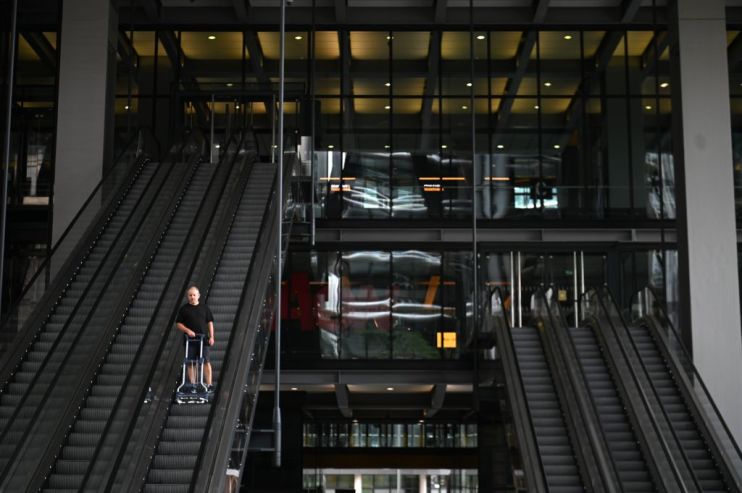Workspace CEO: London’s working map will change as offices reopen but it’s an opportunity for true innovation

There is widespread agreement that we are all undergoing a fundamental re-examination of our day-to-day lives as a result of the pandemic. Few aspects of modern life have been scrutinised as much as they way we work and where we work. With restrictions on work from home set to be lifted, much of this is now set to be put into practice
The debate will undoubtedly continue to roar on and the benefits and drawbacks of the office and different office models will be an ongoing debate. What is certain is that a degree of flexibility will become the norm, rather than the exception. There are practical reasons for this, with businesses still expected grapple with new Covid cases and employees self-isolating, it will be necessary to hold on to remote working in some form for a while yet.
One of the most significant shifts, however, is the definition of “prime office space”. Demand for buildings in central London was, predictably, markedly down, with 71 per cent less viewings for Workspace offices between April and December 2020. Other areas, such as parts of South London, however, told a different story altogether. Even as people worked from home, demand did not flatline in the same way.
The pandemic has accelerating a change in the working map of the capital. Areas outside of central London that were previously seen as less desirable are becoming more attractive for businesses, and the quality and location of the offices has become increasingly important. The status-quo of high-rise building in tiny pockets of London has changed. While traditional offices still have a fight for their future, there is now more room for Zones 2 and 3 to become just as interesting.
Since the start of the year, when sentiment began to shift and people started looking beyond the pandemic, the rebound in demand for offices has been strong, reaching pre-Covid levels across all areas of London.
While many were ringing the death knell for central London, these changing dynamics have created a unique opportunity for the City, the historic heart of the capital. With its rich stock of beautiful, characterful buildings in convenient locations, and an increasing price advantage over nearby areas such as Shoreditch, the City is primed for gentrification, with offices redesigned for new industries.
Institutional companies will likely look to keep their flagship offices, but they will face tougher competition against young businesses trying to tempt employees to offices closer to home, with more socially conscious benefits. This is a challenge the stalwarts of the City should meet head on.
There will be a wide variety of responses to post-pandemic ways of working, and every business of every size should be looking to learn from one another as they test different levels of flexibility. But one thing is clear: working from home has not satiated the desire for office space. It has driven it.
The map of London has changed time and time again. Fearing the future will bear little fruit for those fascinated in the culture of the office. People who moved to the capital from elsewhere in the UK or overseas in 2011 will have seen an enormous amount of change in the last decade. The pandemic is another driver of this. Ensuring there is a wealth of innovative new offices distributed evenly across the city is our next challenge and opportunity.
